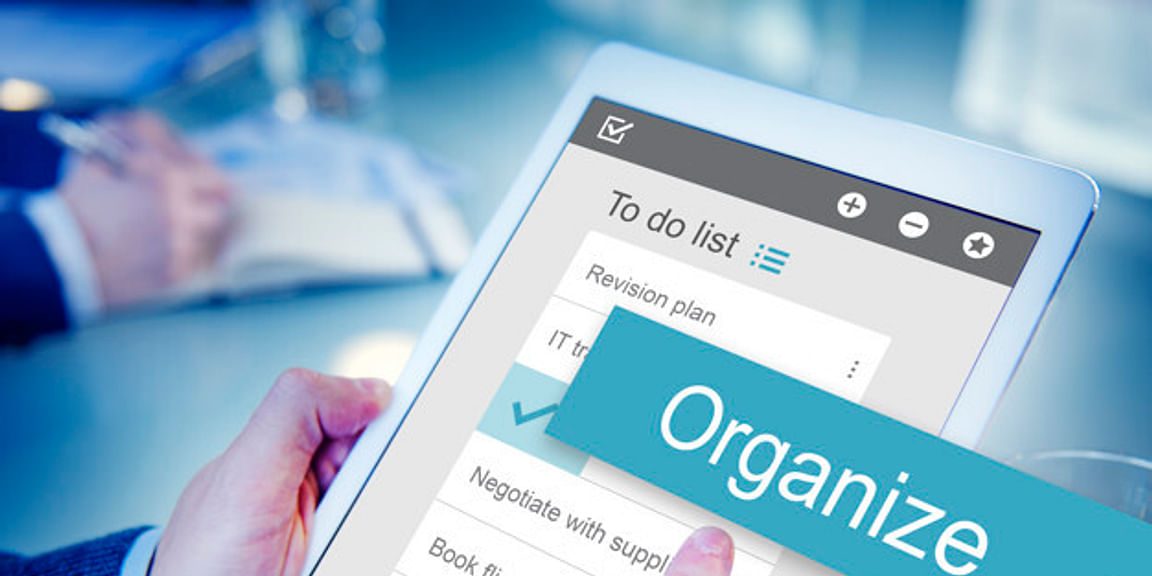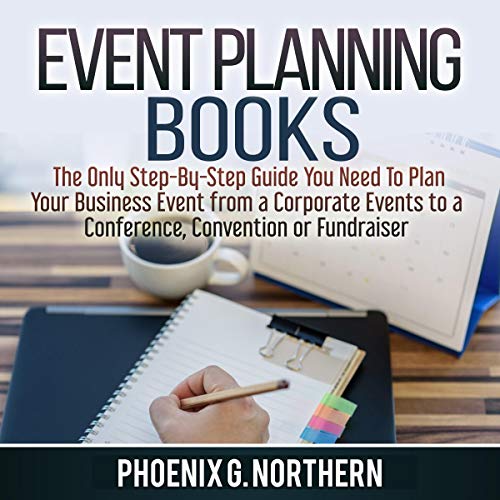Trade shows can be incredibly powerful platforms for businesses to showcase their products and services, connect with potential customers, and gain valuable industry exposure. However, planning and executing a successful trade show presence requires careful organization and attention to detail. In this comprehensive guide, we will take you through each step of the trade show planning process, from setting goals to post-event follow-up. Whether you are a seasoned trade show exhibitor or a first-timer, this guide will provide you with the essential knowledge and tips to make your next trade show a resounding success.
1. Define Your Objectives
Before diving into trade show planning, it’s crucial to establish clear objectives. Determine what you hope to achieve at the trade show, whether it’s generating leads, increasing brand awareness, or launching a new product.
2. Research Trade Shows
Identify relevant trade shows in your industry and research their attendee demographics, exhibitor fees, and exhibition dates. This will help you choose the most suitable trade show for your objectives and budget.
3. Set a Budget
Create a comprehensive budget that includes expenses like booth rental, travel and accommodation, marketing materials, and staff wages. Ensure you allocate enough funds for each aspect of the trade show.
4. Design Your Booth

Your booth should be visually appealing and align with your brand identity. Consider factors like layout, signage, lighting, and interactive elements to attract and engage attendees. Don’t forget to include your company logo and key messages prominently.
5. Pre-show Promotion
Promote your participation in the trade show through various channels, such as social media, email marketing, and your website. Offer incentives for attendees to visit your booth, such as exclusive discounts or giveaways.
6. Staff Training
Prepare your booth staff by providing them with comprehensive product knowledge and effective communication strategies. Train them to engage with visitors, qualify leads, and handle inquiries professionally.
7. Create Engaging Content
Develop captivating content that showcases your products or services. This could include product demonstrations, interactive displays, or informative presentations. Ensure your content reflects the needs and interests of your target audience.
8. Lead Generation
Implement lead capture mechanisms, such as lead forms or business card scanners, to collect attendee information. Use this data to follow up with leads after the trade show and nurture them towards conversion.
9. Network and Collaborate
Trade shows provide a prime opportunity to network with industry professionals. Seek out potential partners, distributors, or suppliers, and establish mutually beneficial relationships that can contribute to your business growth.
10. Post-show Evaluation
After the trade show, evaluate your performance against the set objectives. Analyze the number of leads generated, conversions made, and overall return on investment. Use this feedback to improve your strategy for future trade shows.
By following this step-by-step guide to trade show planning, you can maximize your chances of success and ensure that your participation in trade shows is a valuable investment for your business.
Summary
In the fast-paced and competitive business landscape, trade shows have become an indispensable tool for companies to stand out and make a lasting impression. However, without proper planning and execution, the potential benefits of participating in a trade show may go unrealized. To ensure you make the most out of your next trade show, this step-by-step guide will walk you through the essential elements of trade show planning. From defining your goals and selecting the right trade show to designing an attention-grabbing booth and maximizing post-event opportunities, this guide provides valuable insights and actionable tips to help you succeed. Whether you are a trade show veteran or a novice exhibitor, following this guide wil more l empower you to make informed decisions at every stage of the planning process and increase your chances of achieving your trade show objectives.
- Q: What is a trade show?
- A: A trade show is an exhibition or event where businesses showcase their products and services to potential customers, partners, and industry professionals.
- Q: Why should I participate in a trade show?
- A: Trade shows provide a unique opportunity to increase brand visibility, generate leads, network with industry professionals, and stay updated on the latest market trends.
- Q: How should I select the right trade show to attend?
- A: Consider factors such as your target audience, industry relevance, location, cost, and the reputation of the trade show before making a decision.
- Q: How far in advance should I start planning for a trade show?
- A: It is recommended to start planning at least 6-12 months in advance to ensure a successful trade show experience.
- Q: What are the key elements to consider when planning a trade show booth?
- A: Some key elements to consider include booth design, signage, promotional materials, product displays, interactive elements, and staffing.
- Q: How can I attract visitors to my trade show booth?
- A: Some strategies to attract visitors include offering engaging demos, providing exclusive offers or giveaways, hosting interactive activities, and having knowledgeable staff.
- Q: What should I include in my trade show budget?
- A: Your trade show budget should include expenses such as booth rental, staff travel and accommodation, marketing materials, promotional items, and any additional services or equipment required.
- Q: How can I effectively promote my participation in a trade show?
- A: Utilize various marketing channels such as social media, email campaigns, website announcements, press releases, and targeted advertising to create buzz and inform your target audience about your participation.
- Q: How can I follow up with leads after a trade show?
- A: Promptly follow up with leads by sending personalized emails, making phone calls, or scheduling meetings to nurture relationships and convert leads into customers.
- Q: How can I measure the success of my trade show participation?
- A: Define specific goals before the trade show, track metrics such as lead conversion rates, sales revenue generated, brand exposure, and attendee feedback to evaluate the success of your participation.

Welcome to my website! My name is Spencer Earle, and I am a professional Car Wrap Installer with a passion for large format printing, customization trends, trade show planning, and booth design inspiration. With years of experience in the industry, I have honed my skills and expertise to deliver exceptional results to my clients.

